 The January 1, 2020 Automatic Dependent Surveillance Broadcast (ADS-B) equipment deadline is just around the corner. This is the fourth and presumably last in a series of articles on the ADS-B scene. Together the articles would be (modestly) a good tutorial on ADS-B. Want to catch up? See Juggling the ADS-B Options, What is happening on the ADS-B Scene? and Time is Running Out!. (Normally for subscribers all previous articles are available online, but this series has been made available to all as a reader service.) Note in the discussions below Experimentals and LSAs are not generally broken out because our interests are commingled with the rest of the General Aviation (GA) sector.
The January 1, 2020 Automatic Dependent Surveillance Broadcast (ADS-B) equipment deadline is just around the corner. This is the fourth and presumably last in a series of articles on the ADS-B scene. Together the articles would be (modestly) a good tutorial on ADS-B. Want to catch up? See Juggling the ADS-B Options, What is happening on the ADS-B Scene? and Time is Running Out!. (Normally for subscribers all previous articles are available online, but this series has been made available to all as a reader service.) Note in the discussions below Experimentals and LSAs are not generally broken out because our interests are commingled with the rest of the General Aviation (GA) sector.
Where Are We on Installations?
At the end of March when this article was written, there were approximately 57,700 good fixed wing General Aviation ADS-B installations. There were an additional 5600 aircraft with Non-Performing Emitters (NPE). Statistics show a gradual increase in the rate of GA installations per month. In the first quarter of 2019 the rate of installs has been in the 2000 units range vs. 1500 in the prior year.
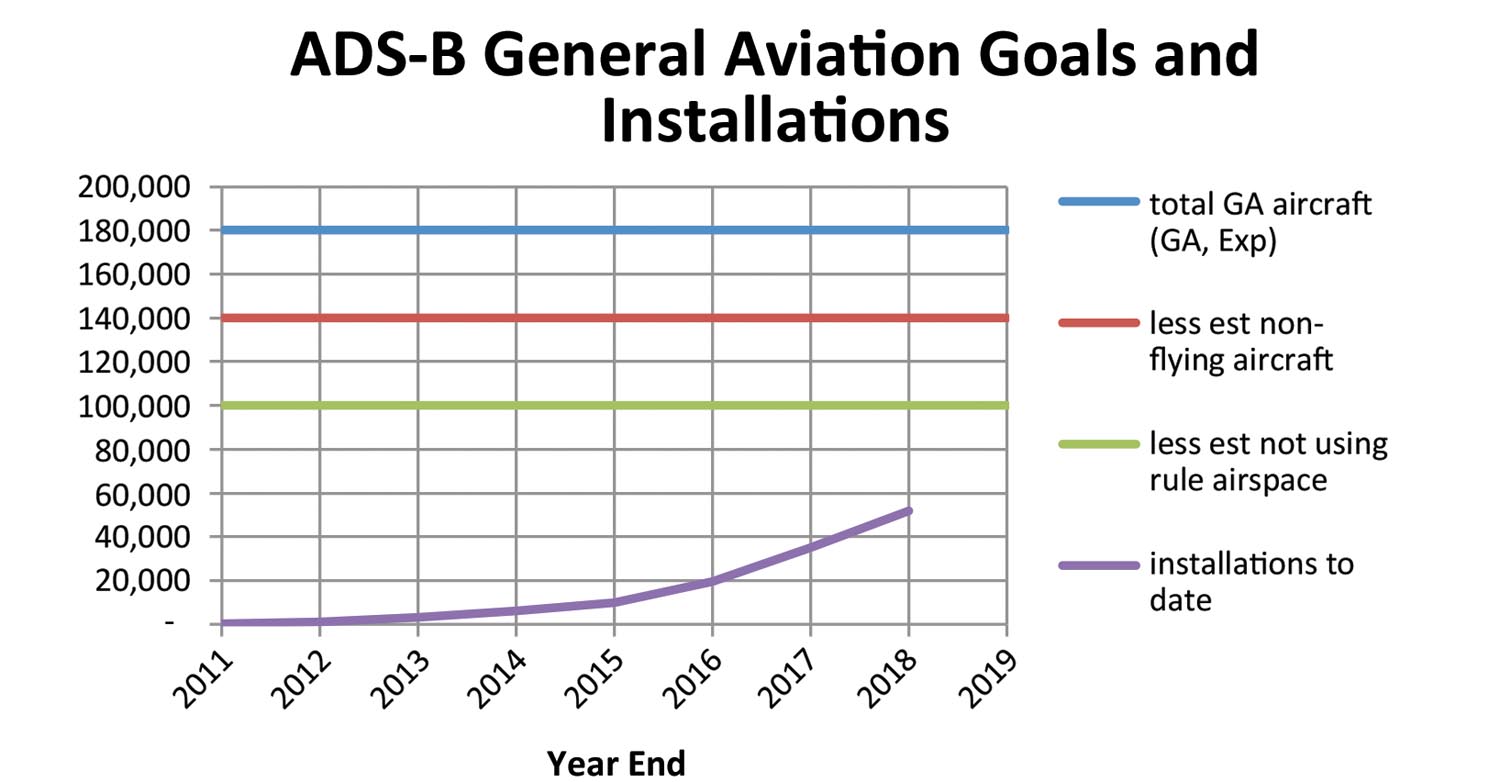
My prediction is mid-80 thousands GA installations by the deadline. That assumes most Non-NPEs will be eliminated. This is well short of the FAA’s original expected range of 100,000 to 160,000.
The airlines are the fastest installing segment as a percentage of fleet. This was expected for several reasons. They tend to install late because there are no benefits to them for installing early. There had previously been a dearth on airline-level ADS-B equipment. Also some airlines were waiting for a newer generation of equipment which is just showing up. Finally the airframe manufacturers have been slow to provide the applicable STCs and documentation.
Non-Performing Emitters
Non-performing emitters remains a significant issue for the FAA. The question is whether these NPEs turnover or they are installations that haven’t gotten their act together yet. The best answer I can get is it is a mix. New installations seemingly are tending to fix problems quasi promptly. However there are older installations that are letting things slide until closer to the deadline. See the accompanying list of the primary issues with installations from the FAA. Note you should periodically pull your unit’s performance report off the FAA website as a check that things are still working correctly. Plainly that would be a good step before condition inspection/annual time.

Per the graph, NPEs have continued the historical trend of yearly improvement but there is still a long way to go. Experimentals/LSAs remain the biggest culprits.
The FAA is continuing their “outreach” program to NPEs. This is expected to get increasingly shrill as the deadline approaches. The FAA has stated they will be terminating service to some NPEs under some circumstances at and after the deadline.
The Year of Minimum Compliance
It was anticipated by the avionics industry that the final year before the deadline would see a shift to minimum-compliance GA customers. That surge has arrived! The minimum compliance customer installs ADS-B Out only at the lowest cost. They don’t tend to have extra work done while the aircraft is down. They tend to install 978/UAT equipment because it is cheaper. The 978 users’ implicit bet is that their existing transponders will remain serviceable. If they are 978 Out installers, they would have the opportunity to use the limited “anonymous mode” that is not available to 1090 users.
The minimum-compliance customer is evidenced by the increasing percentage of 978 MHz Out installations on the FAA’s statistics and anecdotally from conversations with repair shops. The new GA 978/UAT installations were 19.5% of the GA installations in the first quarter of 2019 vs. 5.2% in the first quarter of 2018.
View from the Repair Stations
My repair station confidants are reporting boom days are here! Most report doubled installation lead times over last year, extending as long as five months. They expect the prosperous times to continue into 2020. However, they are constrained by facilities and the ability to get technicians. They report many customers are still getting other work done at the same time. They are getting more inquiries about minimal installations than in the prior year. They do not report problems getting hardware.
Hardware Prices
My observation is hardware prices have marginally decreased over the last year. I feel it is an iffy bet that prices will drop after the deadline. I suspect manufacturers are carefully watching their install rates and paring their production plans and inventories so as to not get stuck with excess units. I expect this will be particularly true of 978 transceivers. Although the new build (so called forward-fit market) is small, I expect it will remain almost exclusively 1090. That is because with no legacy transponder in place you may as well buy an all-in-one Mode S ES transponder rather than a Mode C unit and a 978 transceiver.
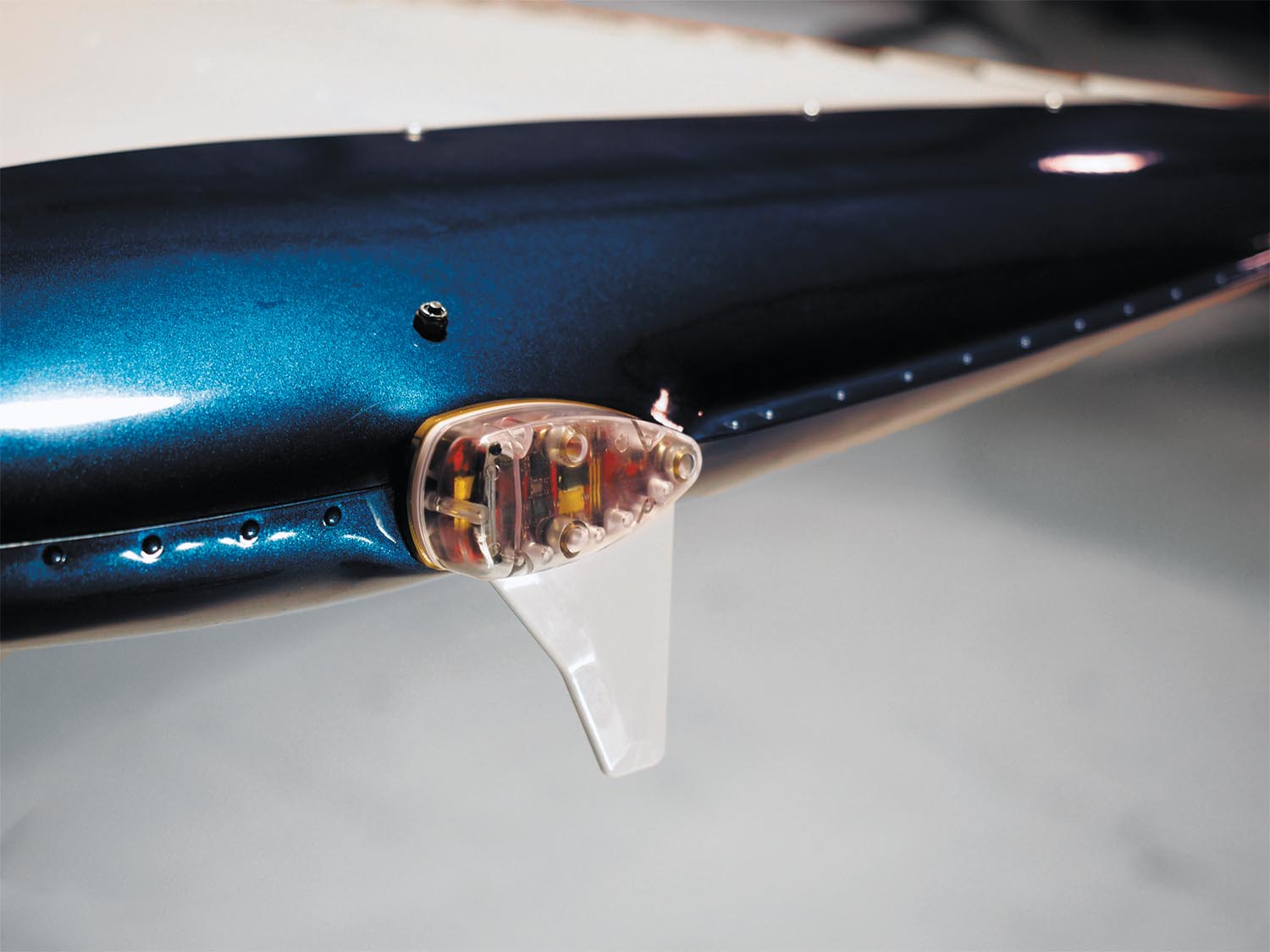
Hardware Wars
There has been little activity in regards to new hardware offerings in the general-aviation ADS-B space over the last year. This is understandable because the market end is in sight and manufacturers need to harvest while they can.
The exceptions to the above are the Garmin GDL 82 and uAvionix skyBeacon and tailBeacon products. These are basically two different approaches that address the minimum compliance customer. These units are for the Mode A, C or S (non-extended squitter) equipped aircraft willing to accept the operating limitations of 978. The units are advertised at about the same price point.
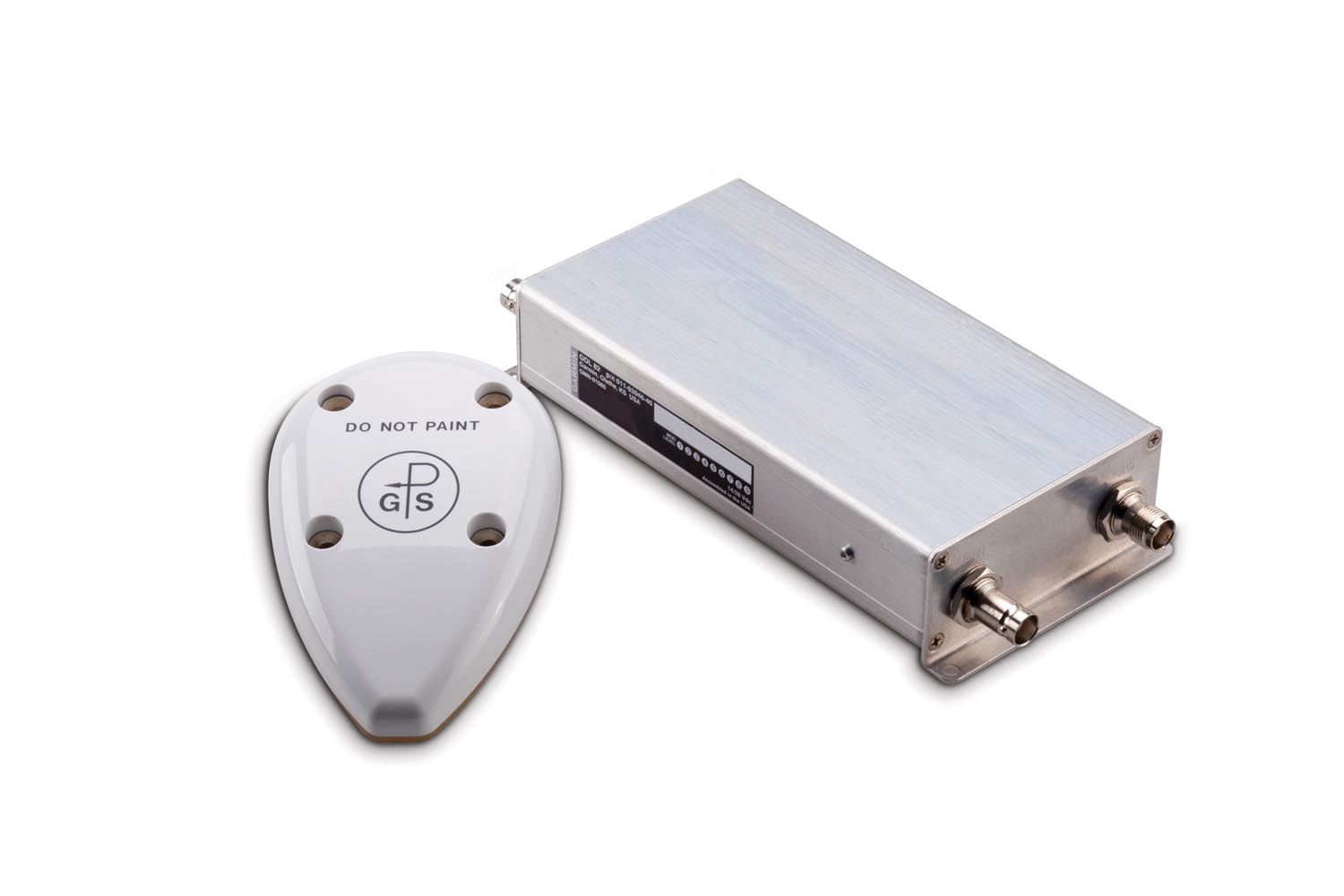
The Garmin unit is inserted in the coax of the existing transponder. It senses the transponder transmission and suppresses the ADS-B Out squit. Garmin brings to the table a reputation and a slightly lower cost but a higher installation cost.
The uAvionix skyBeacon is mounted in place of the left-side navigation light and wirelessly suppresses the ADS-B Out squit when the transponder is transmitting. The uAvionix tailBeacon works the same way and is mounted in place of the tail light. uAvionix brings lighter weight, wireless operation and very quick installations. Since the uAvionix units use the existing lighting wiring it requires the navigation lights be on all the time. Depending on the wing tips and tail configuration there can be installation issues. uAvionix claims a one-hour install time.
Users report good experience and clean flight reports with both units. And to spice things up there is a patent infringement suit going on between Garmin and uAvionix. Both companies are innovators so the marketplace is benefiting from both.
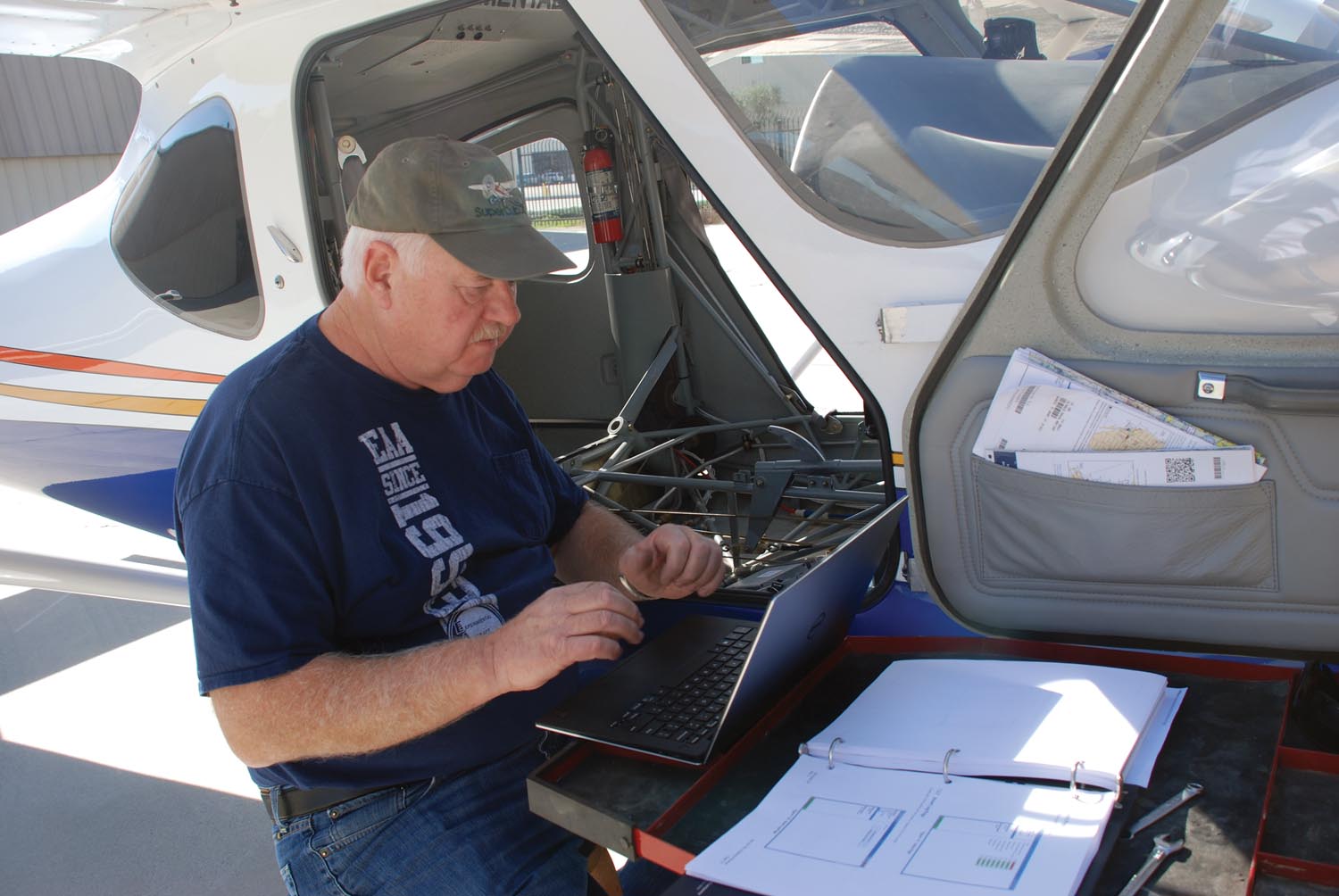
Are Planes Going to be Parked Rather than Upgraded?
In my opinion GA aircraft are not going to be parked rather than upgraded if they are currently in use and have Mode C. The cost of an ADS-B installation is probably not sufficient by itself to cause abandonment. Repair shops say they don’t hear of park-and-forget aircraft because those types of owners aren’t coming to them for quotes! I suspect the deadline passage will result in some accelerated removal of already non-flyable GA aircraft from the registry. Ironically, the most likely to be parked are older business jets with inefficient, cycled-out engines facing prohibitively expensive overhaul costs. ADS-B could be the added straw to the camel’s back!
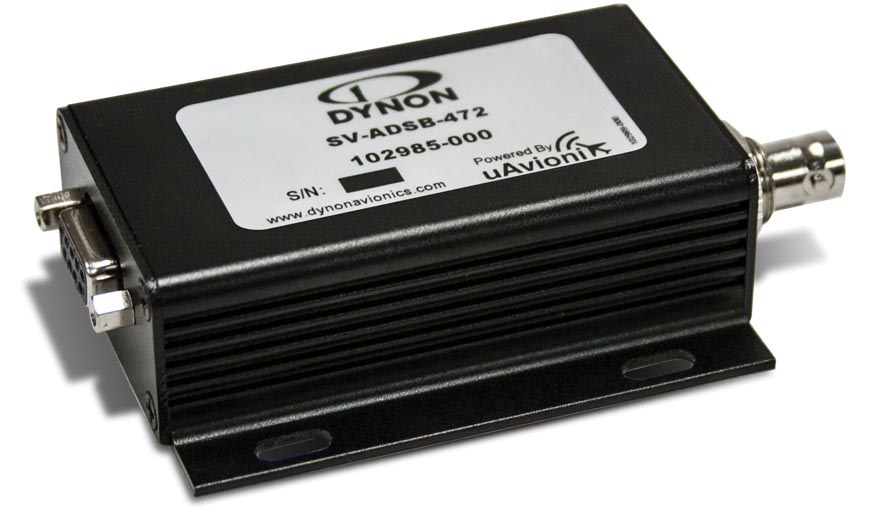
International Activity
There has been limited international regulatory action in the past year. Nav Canada has proposed to Transport Canada to use a totally satellite-based system. This has created a kerfuffle by seemingly going around their regulatory process as well as they would require antenna diversity. They would use 1090 only. It is also controversial because Nav Canada is business partner in the Aireon system, the putative system provider. Canada’s basic intention seems to manage airline traffic in the absence of ground-based radars.
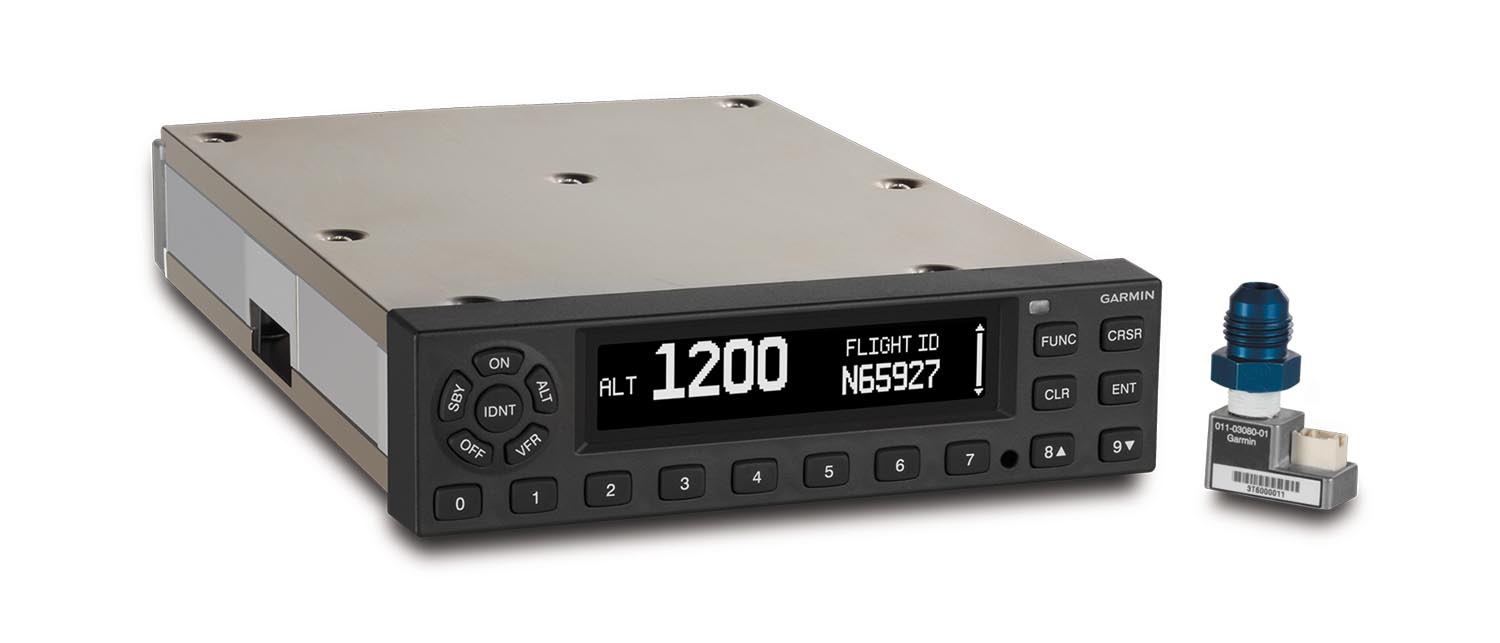
Totally Satellite-Based Systems
Aireon and some other groups are creating totally satellite-based systems. That is where the aircraft’s squitter is received by an orbiting satellite and not a ground station. Some systems are now online. These are seemingly very attractive because they may cover the whole globe’s surface. However there are significant downsides including large capital investment in the space segment, difficulties in providing high percentage availability and more expensive aircraft equipment. Note if a provider uses a geostationary satellite they cannot provide coverage at latitudes above 81 degrees which precludes service over the poles.
Comparing the FAA ground-station based system to a totally space-based system like Aireon is really an apples vs. oranges. All satellite systems are not the same. They differ in their target markets, availability, reliability, costs and technologies. Aireon and the like are going after the over ocean and the under-radar served markets. At this point none of the satellite providers are contemplating ADS-B like “In” services. Satellite providers do provide two-way voice and data services.

Antenna Diversity
Antenna diversity is having antennas on both the top (top mount) and the bottom of an aircraft (bottom mount). A top mount antenna is seemingly required for a clear view of the satellite. A bottom mount antenna is needed to transmit downward to ground stations like the US system. Dual antennas are a non-issue for TCAS equipped aircraft as they already have antennas on the top and bottom.
It is not well known but there are some GA transponders that already support diversity. Diversity is not simply a matter of having a splitter feeding two antennas simultaneously.
In March, Garmin announced diversity variants of their popular GTX 335 and GTX 345 transponders called the GTX 335D (Out only) and GTX 345D (Out and In). They are priced about $3000 more than comparable non-diversity units. The innards of the units are apparently completely new even though they share the numbering with the non-diversity units. The straight 335 and 345 units are not upgradeable to diversity capability. No internal GPS is available as an option for the diversity units.
Revisiting the FAA’s System Architecture
I have considered the question of whether with the advances in technology in the last 10 years, if the FAA had to do it over again would it have gone all satellite? This is a complex system design issue beyond my competency to answer. However, my take is “no, not at this time.” This is primarily due to the dense characteristics of the US airspace system, costs of aircraft equipment and the costs and limited life of satellites, security and maintenance issues with satellites and the need for extremely high availability and redundancy throughout the system. Satellites are an expensive way of addressing a country that already has a robust and extensive communications backbone. That said I suspect that gen-two of ADS-B, whenever that happens, could end up completely satellite based.
The ability to address overwater coverage, which satellites uniquely can do, is very attractive. The inability to address over large expanses of water is the chief weakness of the FAA’s ground-based approach. The FAA has responsibility over more than 5 million square miles of domestic airspace and an additional 24 million miles of oceanic airspace. The oceanic airspace is why the FAA is currently experimenting with totally satellite-based services in the Caribbean. The data could be fused into the national airspace system just like other feeds.
The poster child for a totally satellite-based system is the airliner traffic in the north Atlantic, referred to as the North Atlantic Tracks. However at the risk of being simplistic that is mainly sequencing in parallel tracks and not the complexities of terminal area operations.
FAA’s Day One Plans
The FAA has not announced any specific day one plans. ADS-B data is already being fused into the FAA systems together with primary and secondary radar feeds. The FAA continues to test and install other elements of NextGen which primarily benefit commercial aircraft. Lower-end GA is basically already getting the benefits they will see from NextGen.
Because of system integrity issues, it is unlikely you will ever see Stratus-type units in the control tower cabs of airports that don’t have radar coverage.
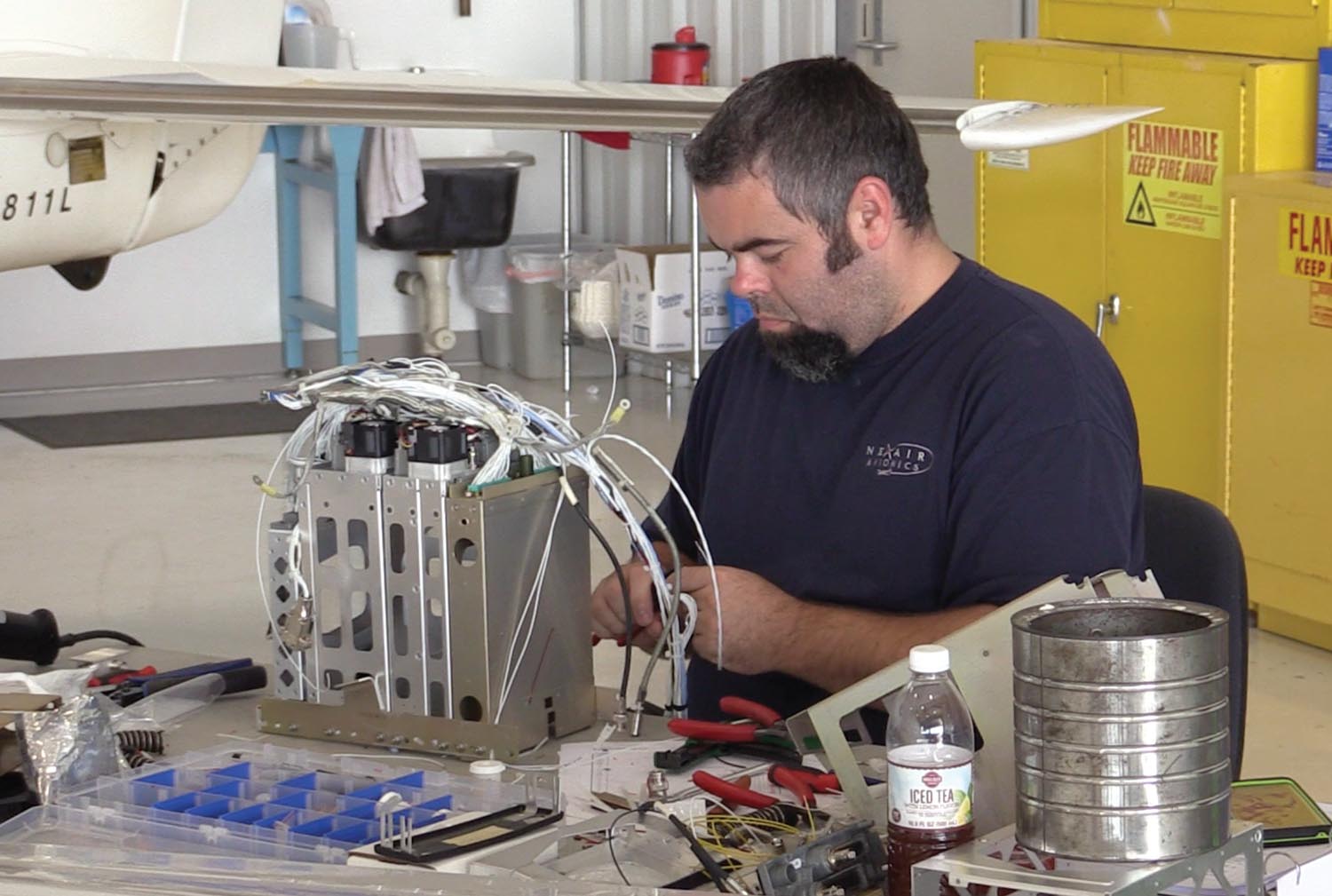
Waivers
The FAA has developed an “after-the-deadline” waiver policy for inoperative or nonexistent ADS-B aircraft wanting to use rule airspace. The new flight waiver is consistent with the waiver policies that exist now. That is you must comply with the regulations unless Air Traffic Control (ATC) allows otherwise. After the deadline, non-complying aircraft must request a waiver one hour prior to flight into rule airspace. ATC may deny the request at their discretion including for flights into what are deemed capacity-constrained airports. With computer database of waiver requests, the FAA will be able to track repeated requests from the same aircraft, which can be a basis for denial.
Rebate Program
The $500 rebate program for ADS-B Out installations was reinstituted last fall with the same rules and procedures. They reopened the program with the slots not used in the first go around. All the slots have now been reserved. The FAA has said any expired, unclaimed reservations will be canceled and re-released each Wednesday at 1pm on a first-come, first-served basis. Because of publication deadlines, check the FAA ADS-B rebate website for the current status. The rebate program will expire at the earliest of all rebates being claimed or October 11, 2019.
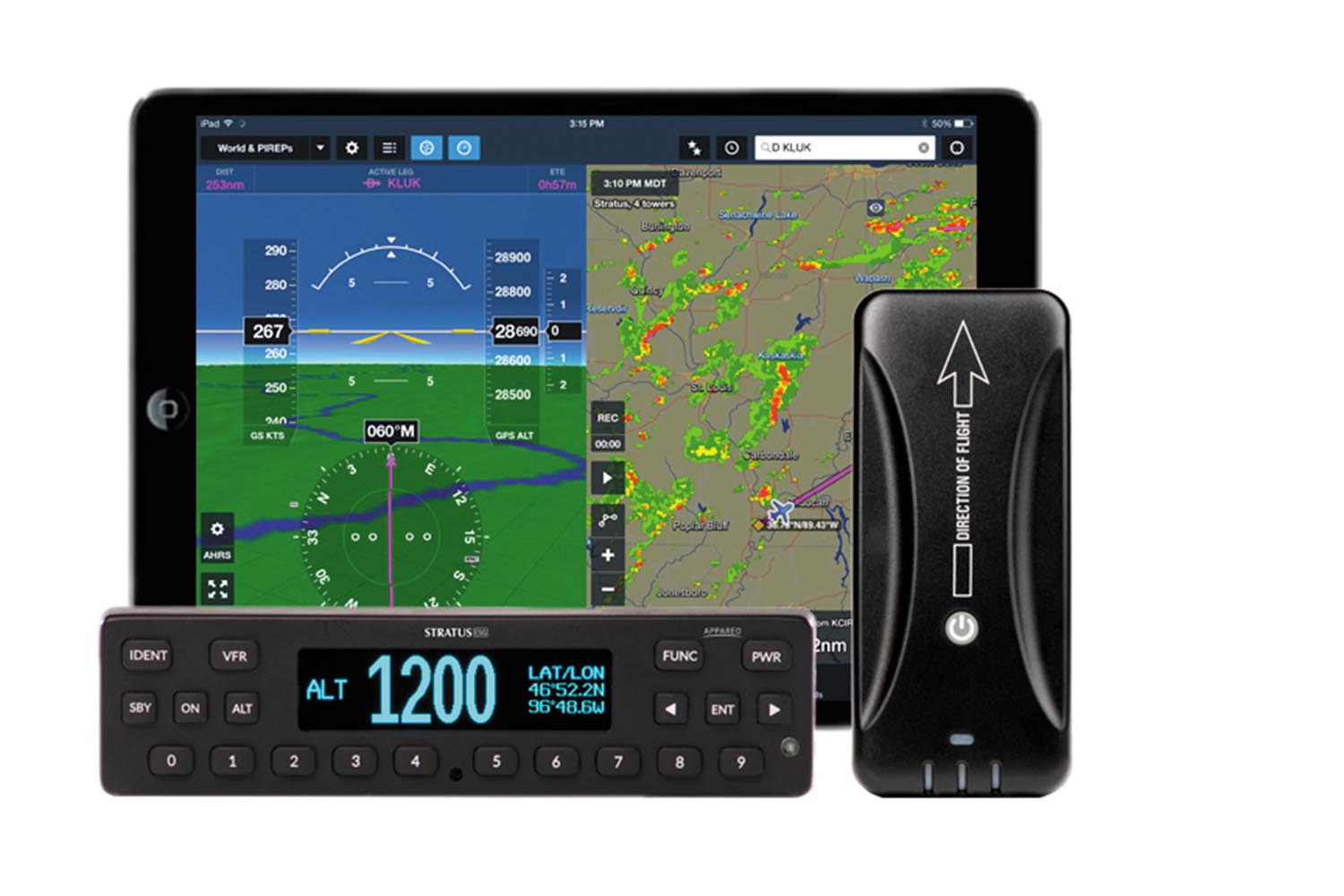
Status of the Power Players
Airlines for America, the major airline lobbying group, has been silent on delaying. The deadline for applying for the Exemption 12555, regarding position source accuracy, passed in the summer of 2018. That is not an exemption from installing ADS-B Out, rather it is a limited exemption with stipulations on the position source. The FAA has not released any statistics on the uptake of that program. I think that is in part because some airlines applied for the exemption for their whole fleet of eligible aircraft. The airlines intend to eliminate aircraft from the list as they are equipped with fully compliant position sources.
This year the Department of Defense signed an Agreement with the FAA about their compliance intent. They have not released any details of it to the public. It is expected that trainer and transport aircraft will be the first to be equipped but in a budget constrained manner. It is unclear what their solution is for military aircraft needing invisibility and anonymity.
The business jet community represented by the National Business Aircraft Association (NBAA) has also been silent. Business jets are installing as they now recognize there is minimal chance of a delay.
The GA fleets represented by the Aircraft Owners and Pilots Association and the Experimental Aircraft Association have effectively acquiesced to the rule and have not indicated they will seek a delay. GA was backed into a corner by relatively affordable equipment and the long implementation period. Providing free ADS-B “In” feeds took some of the sting out of the “thou shall” ruling.
Reflections on the ADS-B Program
In the end the FAA has finessed the game. They announced the ADS-B program early and did an unprecedented level of outreach. Our current times are also supportive of programs that increase efficiency, avoid mid-air collisions, locate lost planes or could be part of a solution for UAS (drone) usage. The FAA adroitly handled the various power players. They even avoided controversy over budget overruns.
There have been remarkably few changes in the ADS-B program since the initial announcement. The Alaska Capstone experiment really demonstrated the issues, the potential of the program and allowed the FAA to design a better system.
In the process of writing these articles I interfaced directly with the FAA on numerous occasions. In the end I was always able to get answers and cooperation from them. They really are on our side (mostly). None of them put me on call blocking!
Any Chance of a Delay?
Not in my opinion. At the time of writing none of the power players have indicated they will ask for a delay. I think it would take a massive technical system-level technical issue to get the FAA to back off. That is unlikely since the FAA has been testing and stressing the system for years and adding capability incrementally for some time.
Summary and Sign Off
It is all over but the shouting! Live with it. Install “In” so you get real safety return for your regulatory driven investment. Nod at your soon-to-be-obsolete ADS-B prognosticator in the retiree’s chair at the airport!








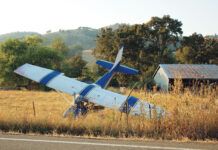


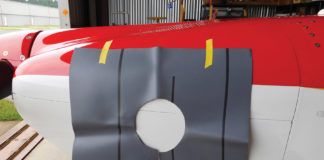

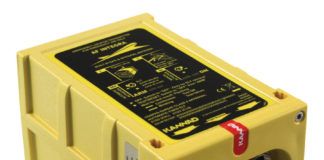
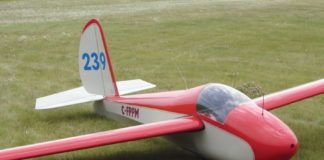
I was a tad disappointed with this article. The author seems to be missing the point that ADS-B is primarily for air safety to provide situational awareness and provide in-flight weather. This is what the FAA sold to the public. The surveillance issue is just for ATC to keep track of us. There was little mention of whether transponder receivers had both UAT and 1090 receivers and the ease of interfacing with on-board EFBs or systems.. Nor was there any mention of the importance of antenna position for optimum reception of ground stations for TIS-B and FIS-B. Clear line of sight is always the best policy and the transmit and receive should be on the same optimum antenna. Some of us have chosen to put the ADS-B antenna on top for both sides of the world. The FAA view on antenna diversity is addressed as the top mount often works better for air-to-air and when ground squittering.
Antenna diversity is a dirty phrase up here in Canada. It is totally unnecessary for Canada’s airspace for low level GA. The necessary surveillance requirements could be met with ADS-B ground stations in the terminal environments and NavCanada employ “network diversity” to fuse the target reports from Satellite and ground sources, including radar. Aireon does not provide any down-links for anybody. They say they are not planning to provide in-flight weather but we’re up for a fight on this issue. Aviation safety is served by having positional awareness and in-flight weather. NavCanada has an extensive network of remote comm stations that are desperately needing a serious digital upgrade with UAT/FIS-B. To get penetration in the GA fleet they will need to open up to the use of UAT, not just for in-flight weather. Many Canadians have chosen to be compliant with the FAA 2020 mandate and forget about Aireon as it is only for Airliners. Many people have perfectly good transponders that don’t need replacement. UAT is an answer for a lot us flying VFR GA as it is simple and affordable.
I doubt if the FAA would have succeeded with a satellite only policy in there quest to acceptance from AOPA and the EAA. It is also bad policy to be dependent upon one surveillance source. Network diversity is required in these days of cyber attacks. (UAT/1090/Many GBT) We must remember that ADS-B and SSR are open networks that can be spoofed and interfered. The Aireon satellites are orbiting some 450 nm in the sky and data is being routed all sorts of paths back to the ANSPs. I know some ANSPs would not accept Aireon as a sole source especially for terminal airspace.